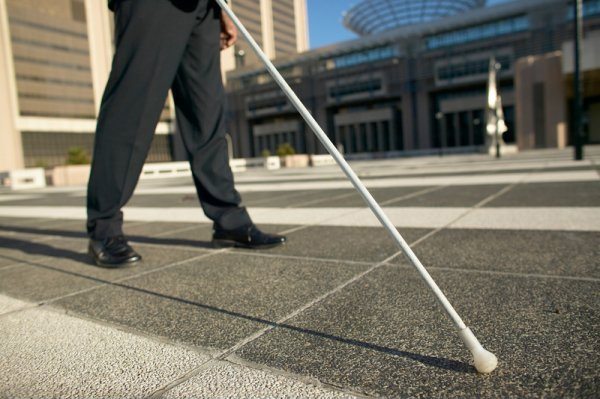The white cane continues to be a sign of independence for the blind community. White canes also continue to baffle the public. That’s why October 15th, White Cane Awareness Day, is an important day to dispel myths and provide information on what the white cane is all about.
White Cane FAQs
Q: If someone has a white cane, does it mean they need help?
A: People with vision loss use white canes to navigate independently. A person using a white cane is less likely to need assistance because the white cane is used to locate and avoid obstacles. It is best not to assume that someone needs help, but rather offer assistance if you feel inclined and be respectful if they do not want assistance.
Q: That person is using a white cane, and now they are reading a book. Does this mean they are pretending to be blind?
A: Vision loss comes in many different forms, requiring different adaptations. Some people who use white canes have peripheral vision loss which makes navigating safely without a white cane challenging, but maintain central vision which allows them to see print and recognize faces and objects using their central vision.
Q: Why are the white canes so long?
A: The length of the cane is important because it signals to the user what is happening several steps ahead of them. If the cane is too short, the user will not have enough warning that a curb or staircase is ahead.
Please let us know if you have more questions or comments about white canes!

Photo Description: Picture shows a person’s legs walking with a white cane navigating ahead.

Thank you once again!